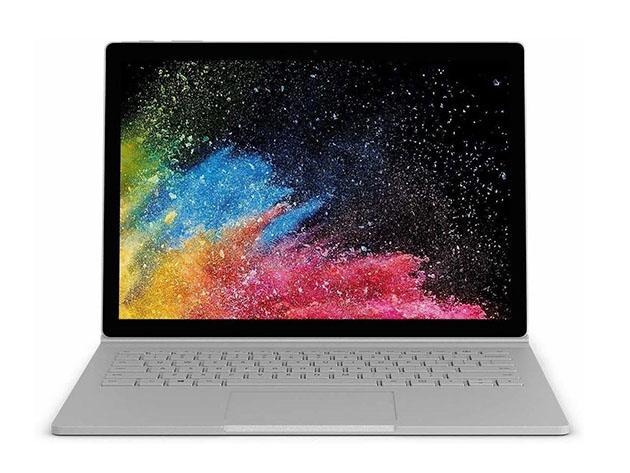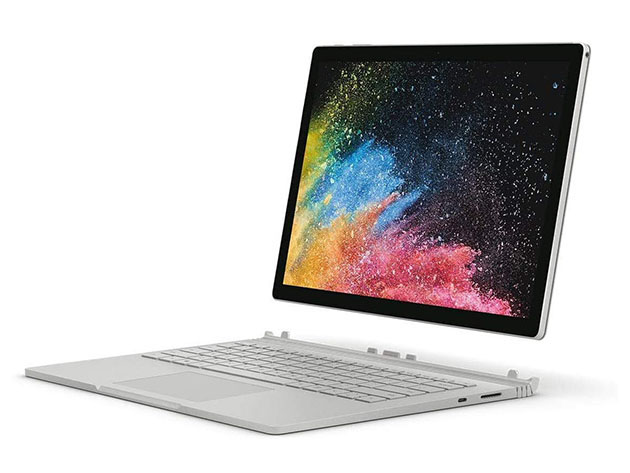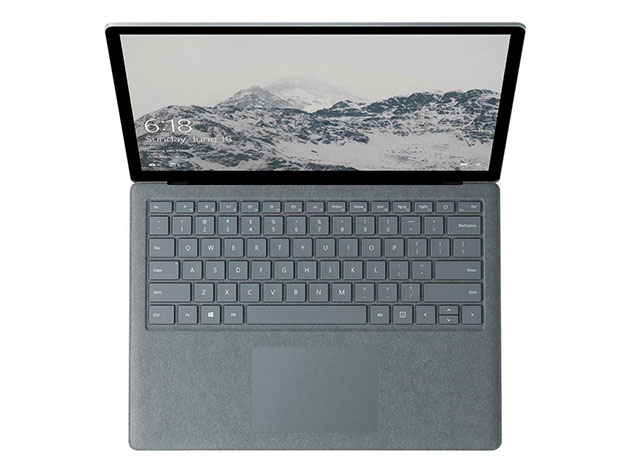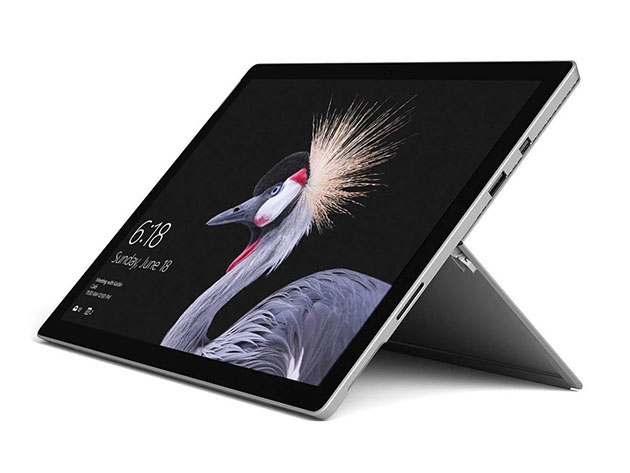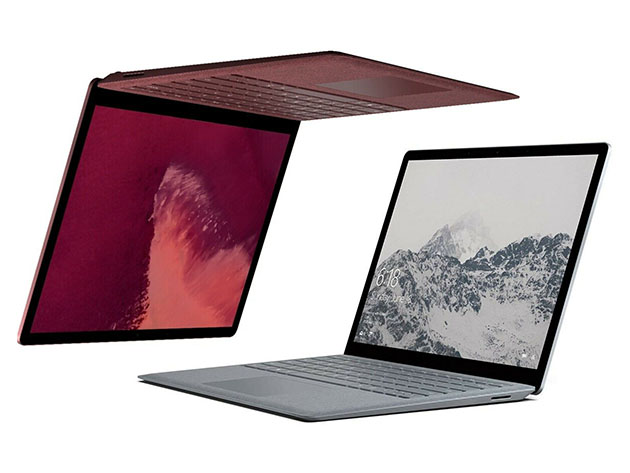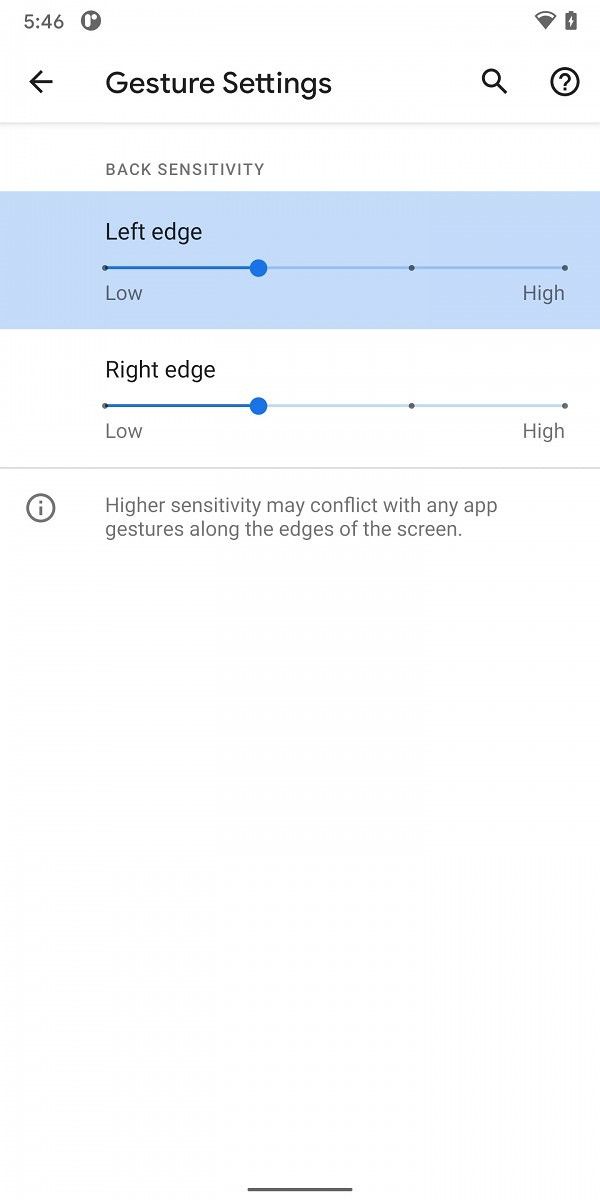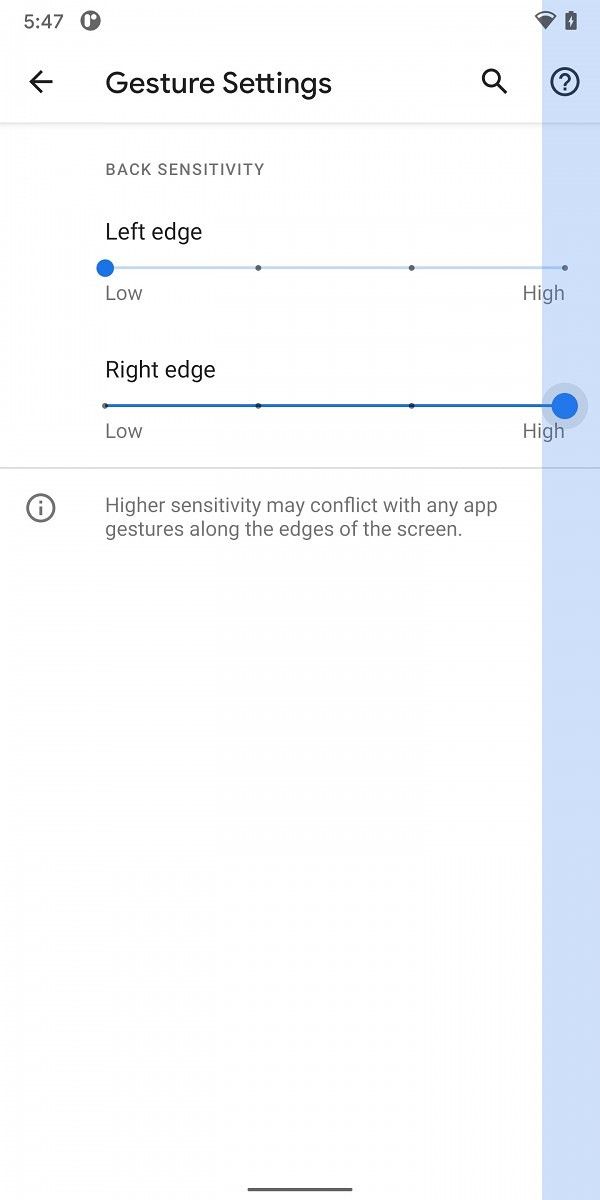Google released the first Android 11 Developer Preview yesterday, and I’ve spent a few hours going through the update on my Pixel 2 XL to search for any changes I can find. We’ve already found a lot, but as always, there’s more hidden in the code that’s just waiting to be uncovered. While looking through the latest SystemUIGoogle APK, the app responsible for the SystemUI component on Google Pixel phones, we found references to a mysterious new gesture system code-named “Columbus.” When activated, the new gestures will allow you to double-tap the back—yes the rear of the phone—to initiate certain actions such as launching the Google Assistant, launching the default camera app, playing/pausing media, and more.
We know this new gesture feature is intended for Pixel phones rather than all devices running Android 11 since Google has kindly stuck to their tradition of prefacing each class with “com.google” rather than “com.android,” a naming scheme they’ve followed for other gesture systems including Active Edge and Motion Sense. What’s interesting about these “Columbus” gestures, in comparison with Active Edge and Motion Sense, is that they seemingly don’t require any special hardware—just your phone’s gyroscope and accelerometer. In fact, we managed to get several of the new gestures working on not only our own Pixel 2 XL but also XDA Senior Member cstark27‘s Pixel 4 XL, both running Android 11 Developer Preview 1. 9to5Google also independently enabled one of the new “Columbus” gestures, though they only showed it launching the Google Assistant.
We can confirm that the following gestures are available through the new “Columbus” feature:
- Dismiss timer
- Launch camera
- Launch Google Assistant
- Play/pause media
- Collapse status bar
- Silence incoming phone calls
- Snooze alarms
- Unpin notifications
- Perform a “user selected action”
In order to prevent this feature from activating too haphazardly, Google has also added “gates” to prevent double tap actions from taking effect. Some of the currently implemented gates include camera visibility, charging status, keyguard, and more.
The code for “Columbus” references a currently non-existent class in SettingsGoogle called “COLUMBUS_GESTURE_TRAINING,” so we believe that the Settings app will contain gesture training activities that are presented to the user during the SetupWizard. We also believe it’s likely the Pixel’s Settings app in Android 11 will have pages to configure the new double-tap gesture, especially to perform the “user selected action.” If the user does not have an action set, it seems that “Columbus” defaults to launching the Google Assistant. Since there currently isn’t any code for “Columbus” in SettingsGoogle or any other system application for that matter, there’s likely more for us to uncover about the feature.
Android 11 Double Tap Gesture Demos
Here’s a video (courtesy of Kieron Quinn) showing the double-tap gesture playing/pausing media on a Pixel 2 XL running Android 11:
The reason Kieron Quinn is using an ancient BBC app is that KeyEvent 85, which is the keycode for the play/pause media key, isn’t being received by most of the music app’s receivers that we tried. An examination of the logcat reveals several warnings that background execution is not allowed, preventing media apps like Google Play Music, YouTube, Amazon Prime Video, Spotify, VLC, and many other apps from receiving the intent.
Here’s a video of me launching the Google Camera app on my Pixel 2 XL running Android 11 DP1:
Lastly, here is a video of me launching the Google Assistant:
Although this feature works just fine on older Pixel devices, we don’t know if Google will enable it for all Pixel devices running Android 11. Google may launch it as an exclusive feature for the Pixel 4a or Pixel 5 before rolling it out for other Pixel devices in future updates. Alternatively, we could see the future roll out in a future Pixel Feature Drop.
Many thanks to Kieron Quinn, also known as Quinny899 on the XDA Forums, for helping us test this feature!
The post Google is testing new double tap gestures on the rear of Pixel phones to launch Camera, Assistant, and more on Android 11 appeared first on xda-developers.
from xda-developers https://ift.tt/2T0GqW3
via IFTTT






 , iPhone
, iPhone

